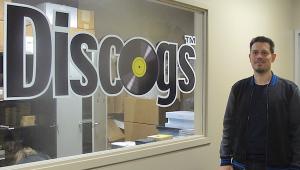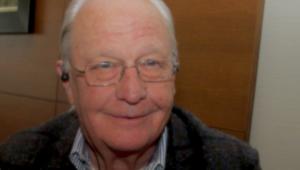michael:
you mentioned in the posting above that you planned to review elite recordings'
shostakovich sym #5 conducted by pavel kogan with moscow state so. so, did you ever write such a review? if yes, where do i find it? if no, do you intend to write the review that you promised?
thank you.
--willie
























































